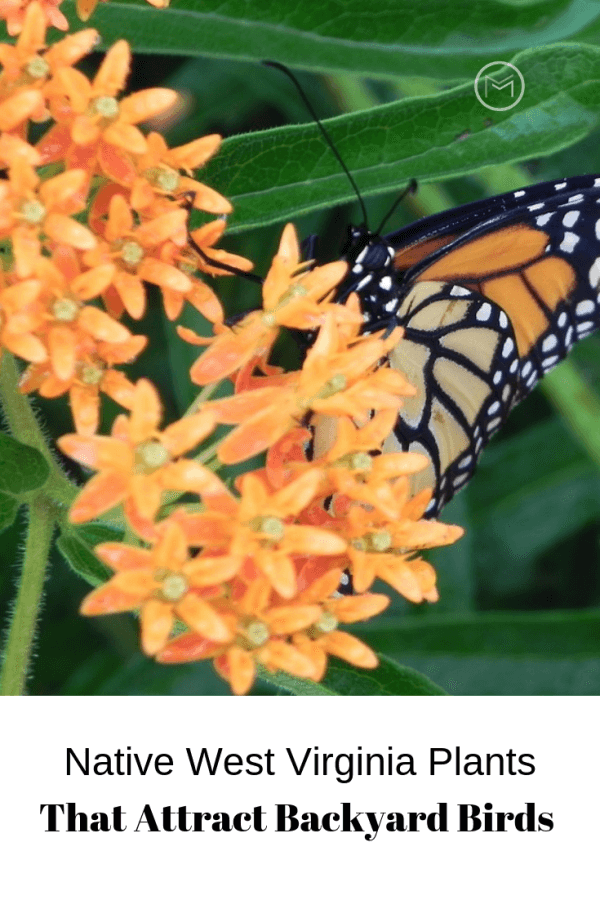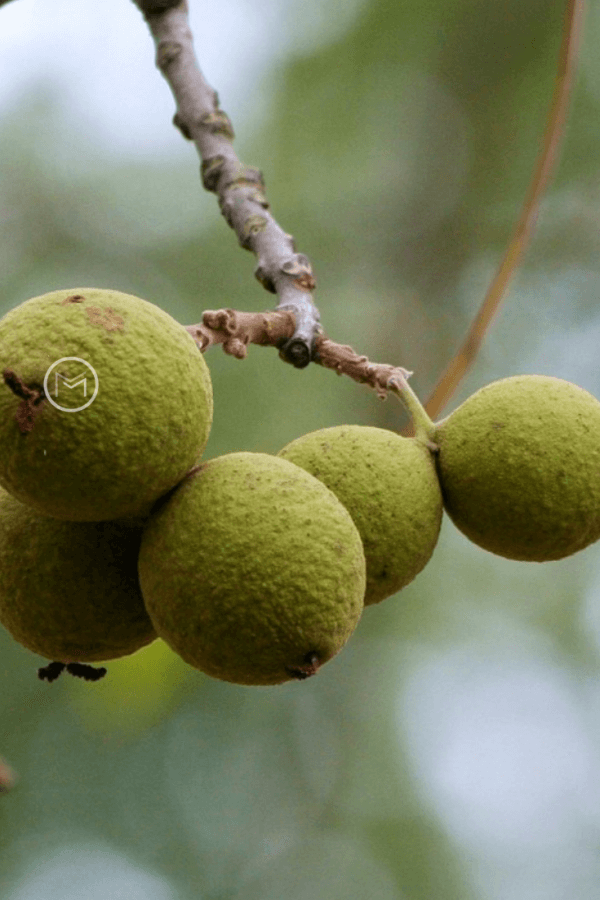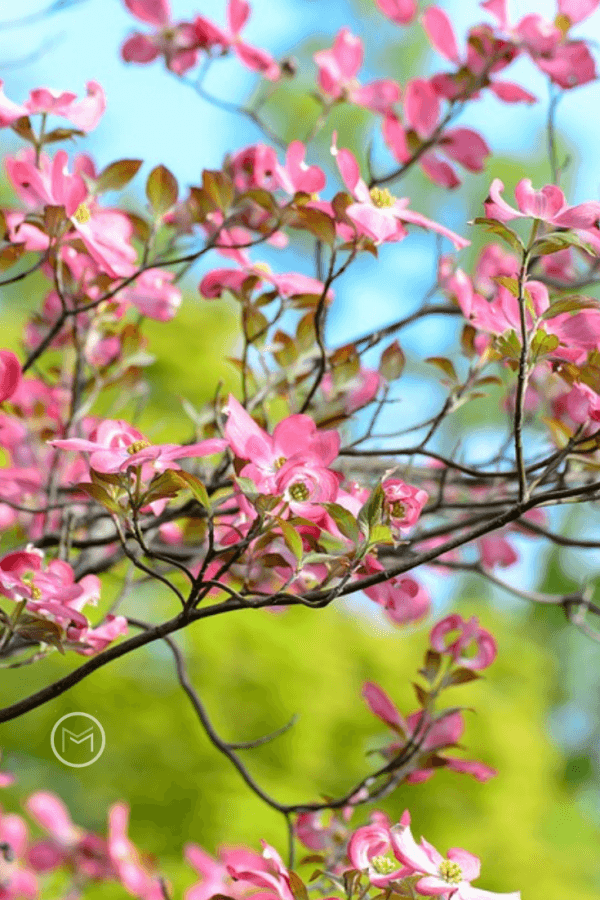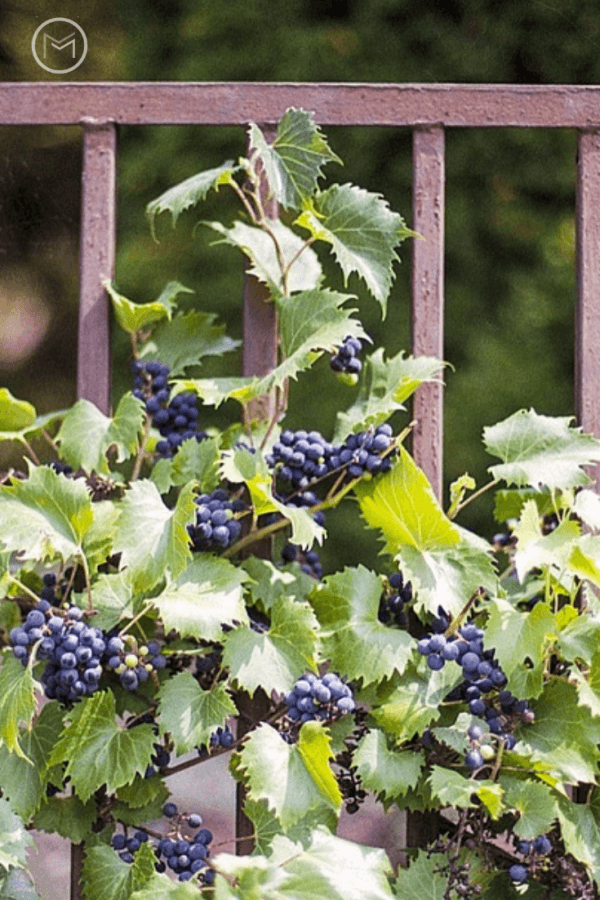Attract West Virginia backyard birds, Zone 6B, by planting native West Virginia plants. If you want to take your backyard garden to another level and attract more backyard birds, we have a few tips for you. Are you wondering what are native plants? So, native plants were grown thousand of years before Europeans arrived. If you plant Native West Virginia plants in Zone 6B, you will love your new landscape, and the birds will love it too.

Native West Virginia Plants:
Allegheny Monkey Flower – First, the Monkey Flower is a perennial. It grows 1 to 3 feet and produces lilac/purple flowers from June to September. It loves the shade, moist soil and it’s deer resistant. Personally, I haven’t seen the Allegheny Monkey at any of the local garden centers; however, I’m sure one of the local nurseries will have it. The Monkey Flower attracts Orioles, Mocking Birds, Thrashers, Humming Birds, Waxwings, Wood Warblers and Sparrow.
American Black Elderberry – Second, the Black Elderberry is a perennial shrub that grows approximately 10 to 15 feet. It produces white flowers during the summer and black berries in late summer to fall. Birds love them. The Elderberry loves partial shade and moist acidic soils. The Black Elderberry attracts Blue Jays, Woodpeckers, Orioles, Waxwings, Thrashers, and Thrushes.
American Pokeweed – The American Pokeweed is a perennial. It is also called Pokeberry. The particular plant grows in my backyard. It grows 4 to 10 feet tall. I cut mine off at about 4 or 5 feet. It is a very pretty plant producing clusters of small blackberries in the late summer to fall. However, it is poisonous if consumed by humans.
Black Raspberry – So, the black raspberry is a perennial shrub that produces 3 to 5 foot long thorny stems. It produces juicy dark purple berries in the late summer. It will grow in both shade or full sun. Their is also a variety of this bush that doesn’t have thorns. I love picking the berries for jam or an ice cream topping, but you must be careful picking the berries. The thorns aren’t friendly. It’s a great source of food for birds too. The Black Raspberry attracts Woodpeckers, Vireos, Mocking Birds, Wood Warblers, Cardinals, Grosbeaks and Nuthatches.

Black Walnut – Additionally, the Black Walnut can reach 75 to 100 feet in height. My back property is lined with these trees. They produce walnuts in a green shell. Each year they drop and the squirrels have a grand time gathering and burying the walnuts. They are wonderful in brownies. I wait for the shell to darken and than remove the black hull. If you decide to indulge, wear gloves because the hulls will stain your hands. The stain is a night-mare to remove. They attract Orioles, Wrens, Cardinals, Grosbeaks and more.
Black-eyed Susan – Furthermore, the Black-eye Susan will grow approximately 1 to 2 feet tall in full sun. The flowers look like daisies. They are yellow with a brownish color center. They plant from June to October. Birds love the seeds. Unfortunately, the Black-eye Susan is an annual. As a result, you will have to plant them every year.
Butterfly Milkweed – Next, the milkweed is one of nature’s most important flowers. It looks beautiful in the landscape, and grows from 1 to 3 feet. It produces clusters of orange to yellowish orange flowers. Butterflies and Humming Birds love butterfly milkweed. The Butterfly Milkweed is drought resistant. It will grow in the full sun as well as moist soil. It also attracts the American Gold Finch, Titmouse, Chickadees, Orioles and Mocking Birds.
Flowering Dogwood – The Flowering Dogwood grows anywhere from 15 to 30 feet tall with a low-branching, flat-topped habit. White or pink flowers bloom in early spring. In late summer or fall, they produce bright red fruits. I love my dogwood, which happens to be pink. My Cat Birds love flowering dogwoods. Dogwoods attracts Mocking Birds, Grosbeaks, Cardinals, Blue Jays and more. I have my feeders set up in a Dogwood, and I see lots of traffic.

Pink Azalea – So, the Pink Azalea can grow 6 to 12 feet in height. It keep mine cut at about 3 to 4 feet. The clusters of flowers are quite stunning. It grows best in partial shade. It attracts Humming Birds, Blue Jays, Woodpeckers, Orioles, Wrens, Wood Warblers and more. I currently have a pink Azalea in my landscape. However, I try to keep it around 3 feet.
Red Mulberry – Unfortunately, I cut my Mulberry tree down and replaced it with a rose garden. I miss it, I miss watching the deer and birds devour the berries. The trees produce berries every year and can grow to approximately 60 feet tall. Beware, it can be messy. It drops mulberries everywhere, which was the deciding factor for me cutting it down. The berries attract Woodpeckers, Cardinals, Grosbeaks, Blue Jays, Mocking Birds and more.
Redbud Trees – Redbud, or Eastern Redbud is a small tree. It grows around 30 feet. It produces beautiful pink flowers during the summer. The flowers turn into brown seedpods during the summer through fall. Redbuds are beautiful in the landscape or along edges of properties. They attract Finches, Wrens, Cardinals, Humming Birds, Chickadees, Woodpeckers, Vireos and more.

Virginia Strawberry – So, the Virginia Strawberry is also know as Wild Strawberry. It is perennial that only grows about a foot tall. It produce white flowers followed by small strawberries. I have it growing behind my vegetable garden. How it got there, it’s wild. They attract Woodpeckers, Wrens, Orioles, Titmouse, Chickadees, Blue Jays and more.
Virginia Creeper – Last, the Virginia Creeper is climber. However, it doesn’t damage buildings, fences, trellis etc. The leaves turn a beautiful red and purplish color in the fall. The white flowers ripen into small blue berries. The Virginia Creeper can grown in full sun or shade. The plant attracts Mockingbirds, Waxwings, Wrens, Chickadees, Titmouse and more.
Finally, I hope that you will plant a few of these native shrubs and trees in your backyard if you live in zone 6B. You will be able to attract West Virginia backyard birds with these West Virginia Native Plants in no time. Additionally, you may also like: How to Attract Catbirds to Your Backyard.






Speak Your Mind